 The Tboli people who live in the Philippines have their own very curious and even a little bit odd for an outlander, traditions. For instance, they create their traditional embroidery and weaving patterns not in their mind, as everybody else does, but in their dreams. The Tboli people believe that the design must come to the craftswoman in her dream. And then, she wakes up and draws or keeps in mind the pattern, which she will embody in her work afterward. No other ethnic group in the world has similar traditions.
The Tboli people who live in the Philippines have their own very curious and even a little bit odd for an outlander, traditions. For instance, they create their traditional embroidery and weaving patterns not in their mind, as everybody else does, but in their dreams. The Tboli people believe that the design must come to the craftswoman in her dream. And then, she wakes up and draws or keeps in mind the pattern, which she will embody in her work afterward. No other ethnic group in the world has similar traditions.
Read also: National costume of the Filipino Tboli people
One of the traditional Tboli dances is the Tahaw Dance – it imitates the movement of the “Onuk Moyung” (local bird).
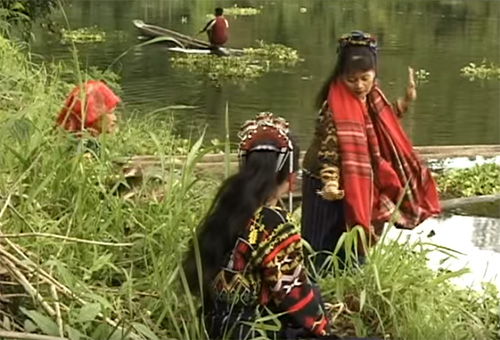
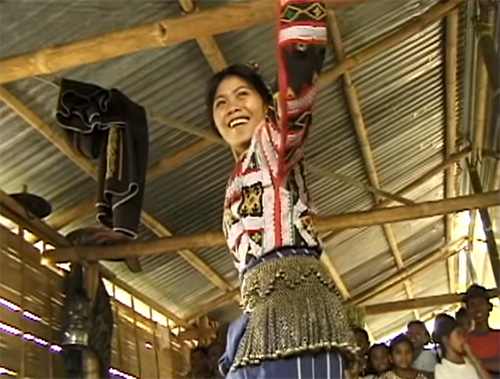
“The dance is really depending on how much the dancer is creative, and sometimes the symbol is more an environment. Let's say, they imitate the movements of a bird or the movements of a monkey. And also the art form is there, the art of how a monkey moves from one branch of the tree to another. The T'boli dance can do the same movements. And it's not only the dance but also it is in embroidery and in making a blouse, like what I'm using now”, says Maria Todi Wanan, Tboli teacher and activist.
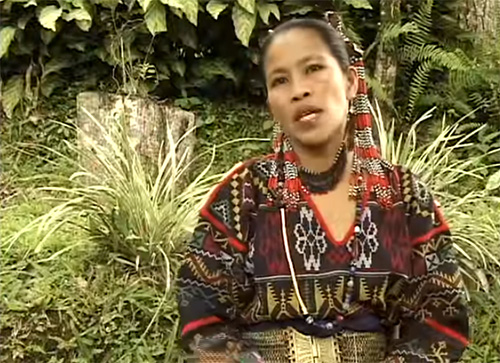
The uniqueness of embroidered works depends on the creativity and individual preference of the artist. The patterns are taken from a dream or are inherited designs.
“Each design is new. No other person made this exact design. They come in dreams in 3 ways: from the ancestors, from one’s mother, and from one’s own dream. The channel of the dream must be open”, explains Boi Diwa Ofung, Tboli weaver.
The art of embroidery is also in connection with the weaving.
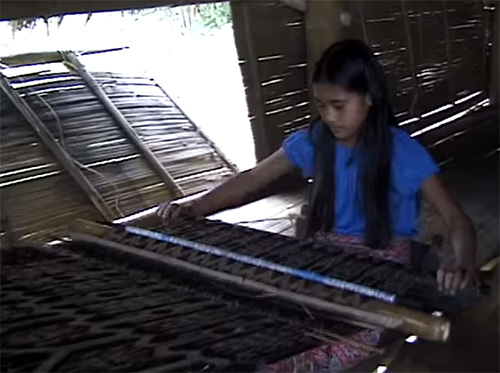
Ursula Schloer explains the steps in creating the tnalak cloth in the Tboli Museum.
The raw abaca or Manila hemp will be processed by the women to make it fine. Here, there are several finest strands of abaca together. And there's a small knot in between at the end so that it becomes a long thread. And then, they roll the thread in a ball. After that, they place it on the frame. The frame is made in order to tie the abaca in bundles. Then, they use a black abaca – they tie certain portions to get the ikat design. But the Tboli people call is “tnalak”, not “ikat”. Though, it is the same process, used in many parts of the world.
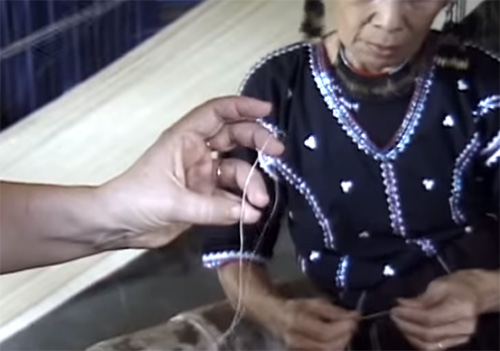
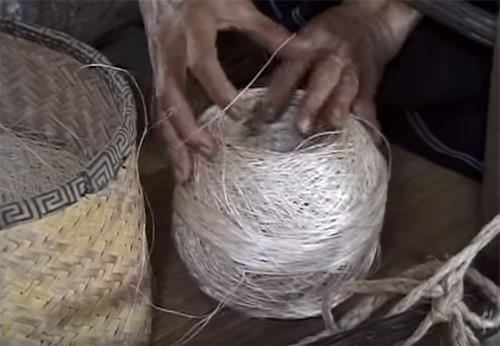
So, every woman has her own specific design. Some of it is passed down, but it is something which the locals receive in what they call “dreaming”.
When the tie-dye process is finished, then the women have to remove the threads from the tie-dyeing and place them on the frame. The threads must be put onto the frame very carefully. In order not to destroy the design, women place one thread after the other on this bamboo frame.
Often, they use not only hands but also feet. For instance, they can hold the frame or the threads with their feet.
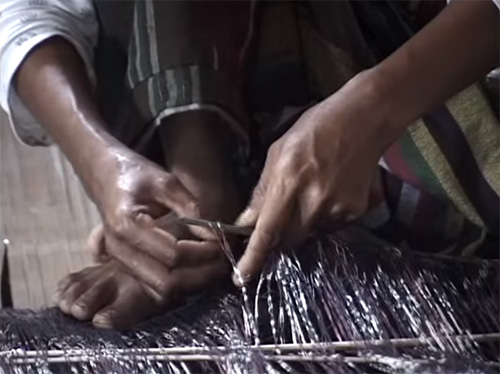
After the weaver has carefully placed the threads up and down for weaving, she will then place the back strap on her body and pull the whole thing with her body, so that it is straightened and every thread is in its place. And then, she will start weaving.
This is the backstrap weaving technique. And the craftswoman is using a large wooden tool to divide the upper and the lower thread. The same tool is used to tighten the threads of the cloth on the loom. After tightening, the weaver puts the shuttle with the thread through the opening between the upper and the lower threads. And the process of weaving goes on.

“There are women who do weaving abaca cloth so that these traditions don’t get lost. And it is us, via Helobung, who would bring back the lost tradition. We would remind the elders: please, remember your skills/riches given to us by our mother god. And this is the true wealth of the Tboli, which is the skills of their hands. If a woman has many skills in her hands, she will remain alive”, says Rosie G. Sula, Helobung Founding Member.
Read also: National costume of the Filipino Tboli people
(c)


